Recipes – № 95
Almond Pesto
Classic pesto alla genovese is made with pine nuts but you can substitute all kinds of nuts, even pumpkin seeds or sunflower seeds. In this recipe I use almonds, which result in a pesto that is just as fragrant and additctive as the original but more delicate and slightly sweeter. It goes particularly well with grilled summer squash or eggplant as well as grilled chicken or pork.
Pesto is ideally made in a mortar and pestle to achieve that wonderful crumbly texture and squeeze the last bit of basil-y goodness out of the leaves. In fact the word pesto is derived from the Genovese word for pounding or crushing. However, if you don't have a large mortar and pestle or you're in a hurry you can still make pesto in a blender or food processor and I include instructions for both methods.
If you're looking for a more robust and traditional pesto to serve with pasta, you can use this recipe but substitute pine nuts or walnuts for the almonds, double the amount of garlic and add another ¼ cup of olive oil.

Makes enough pesto to accompany grilled vegetables and meat for 4 people
1 cup picked basil leaves, moderately packed. From about 1 small bunch
½ garlic clove
¼ cup blanched (peeled) and slivered almonds
¼ cup grated Parmesan, loosely packed
¾ cup olive oil
Fine sea salt to taste
Equipment: Large mortar and pestle, or blender/food processor









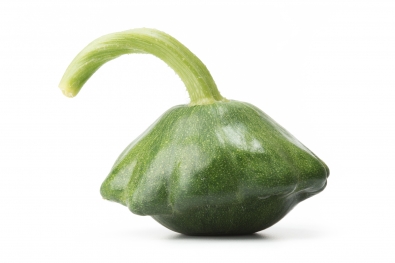
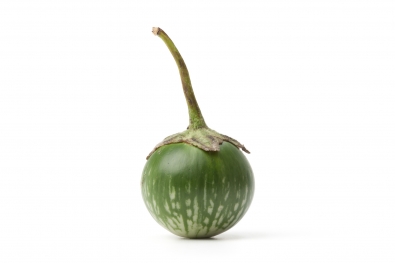






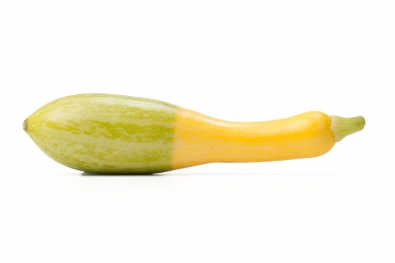






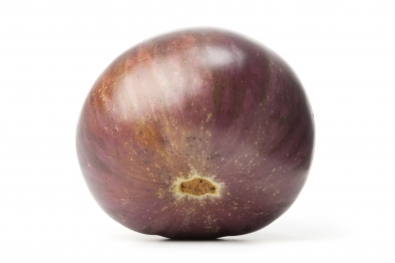



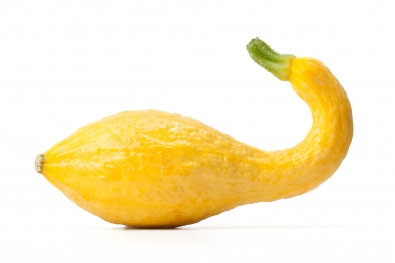



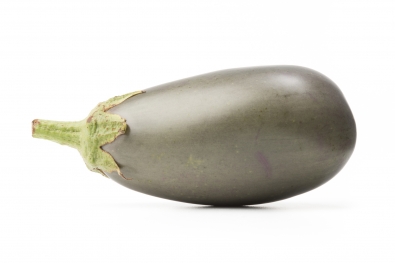





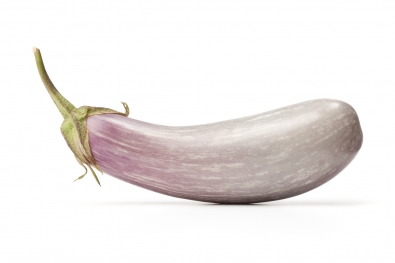





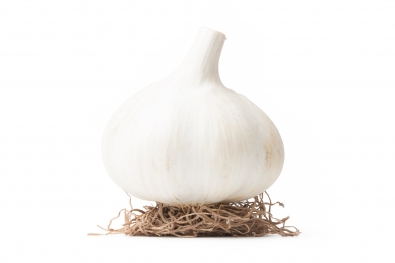











Add a comment